
In the 1920s and 30s, the United States developed contingency plans for war against most of the world’s major powers, including our current allies the United Kingdom and France. These color-coded plans were mainly training exercises but formed the basis for the country’s very real “rainbow” war plans that were an important foundation for U.S. strategy in World War II. And it kind of makes you wonder what sorts of contingency plans the government currently has drawn up . . .
24/7 Wall St. Insights
- All major countries in the early 20th century developed contingency plans for war with other powers.
- U.S. war plans included countries we did go to war with, like Germany and Japan, as well as the United Kingdom and France, who are two of our closest allies.
- Also: Discover “The Next NVIDIA”
Background

Between World War I and II, the US military developed color-coded plans for fighting different potential wars. At the time, the British, French, and Japanese empires were among the strongest in the world and were in the best position geographically to threaten U.S. interests in the Atlantic, Pacific, and even the homeland itself. Even though war with America’s World War I allies seemed unlikely it could not be ruled out as the country prepared for any eventuality. Here are the main plans of that era that are known to have existed:
War Plan Black: Germany

This plan was based on contingency planning done during World War I. War Plan Black envisioned the American response if Germany defeated France and then went on to try to occupy French colonies in the Caribbean or even attack the East Coast of the United States.
War Plan Gray: Italy, Central America, Caribbean, Azores
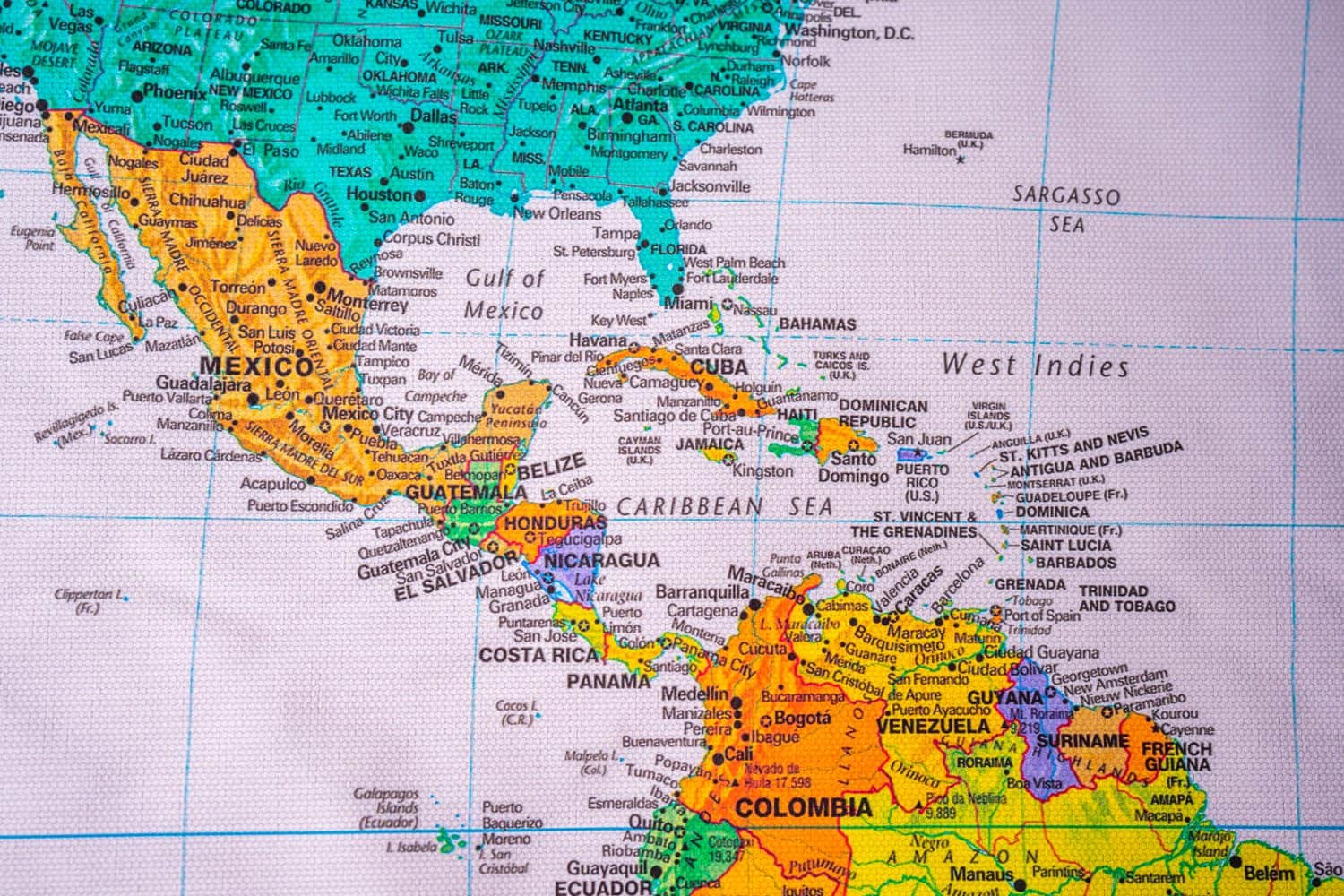
Confusingly, the military sometimes reused colors for different scenarios. They had a “Grey” plan for Italy, one for Central America and the Caribbean, and one for an invasion of the Azores, which are Portuguese islands strategically located 1,525 miles from Europe in the Atlantic. In the technology of the time, islands like these were particularly valued as refueling stops for oceangoing vessels.
War Plan Brown: Philippines

The Philippines were an American colony from 1898-1946, having been seized from Spain in the Spanish-American War. Rebels had been fighting Spanish rule there for decades and continued to resist the American administration. War Plan Brown was a plan to put down a major uprising in the colony.
War Plan Tan: Cuba

War Plan Tan was an invasion plan for Cuba. The United States had had its eye on the island during the country’s early expansion. It was not able to annex it during the Spanish-American War as it did Puerto Rico and other Spanish possessions because the ostensible reason for the war was to assist Cuba in getting its independence. However, intervention was always possible in an island located just 90 miles off the American coast.
War Plan Red: British Empire

The United States fought two wars against the British Empire: the American Revolution and the War of 1812, and very nearly got into a third in a dispute over the Oregon Country in the 1840s. So it wasn’t as laughable to people in the 1920s as it is a century later. The American military drew up separate plans for invading different parts of the British Empire:
- War Plan Red: The United Kingdom
- War Plan Crimson: Canada
- War Plan Ruby: India
- War Plan Scarlet: Australia
- War Plan Garnet: New Zealand
- War Plan Emerald: Ireland (a free state within the Empire)
War Plan Orange: Japan
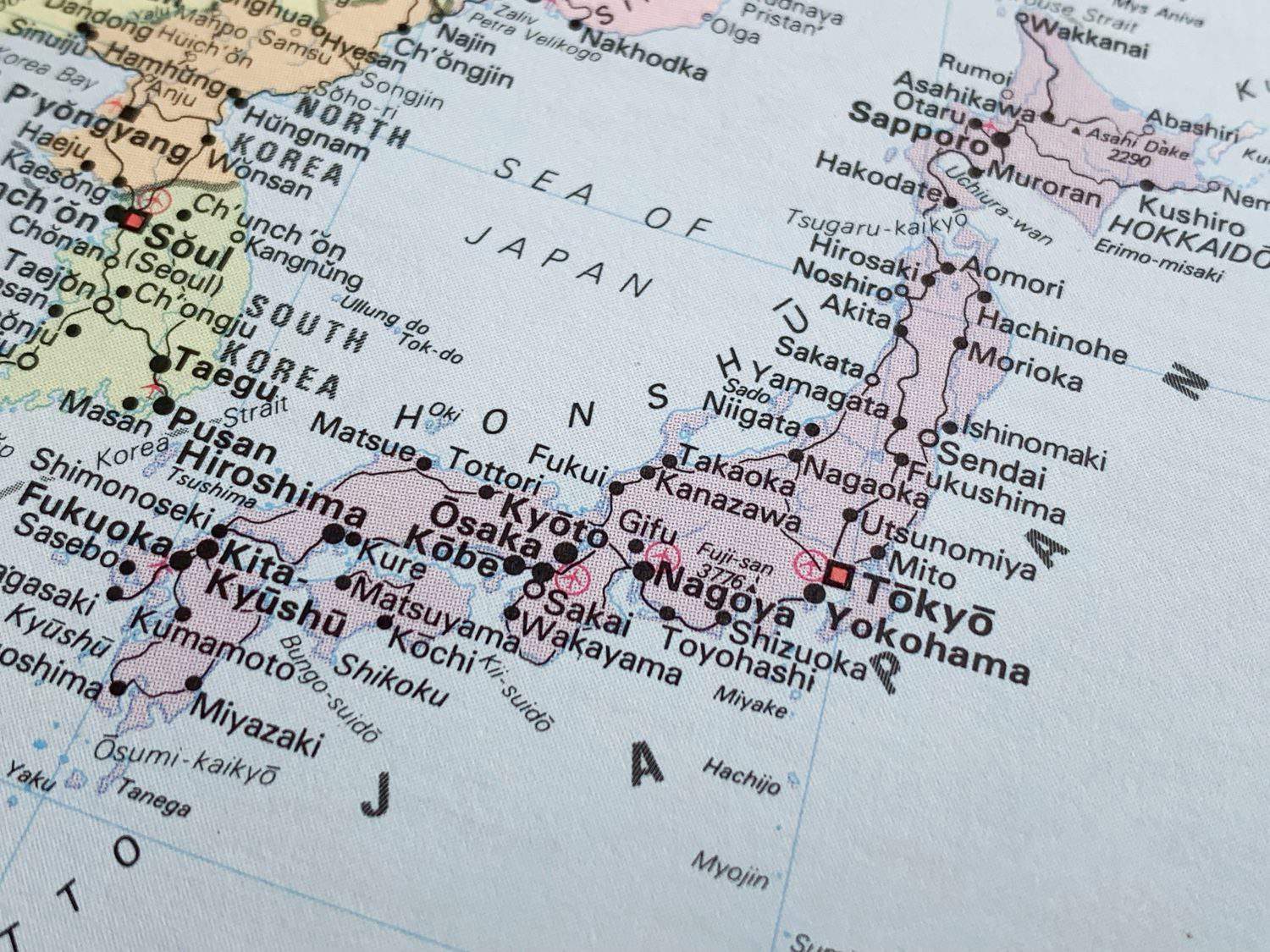
War Plan Orange was developed between 1919 and 1924 as a U.S.-Japan war scenario. It included a blockade of trade with China and interning the Japanese-American population. This shows that the internment of American citizens of Japanese ancestry from 1942-1946 was not a panicked response by a country under attack, but something that had been long planned in the event of war.
War Plan Red-Orange: Britain and Japan
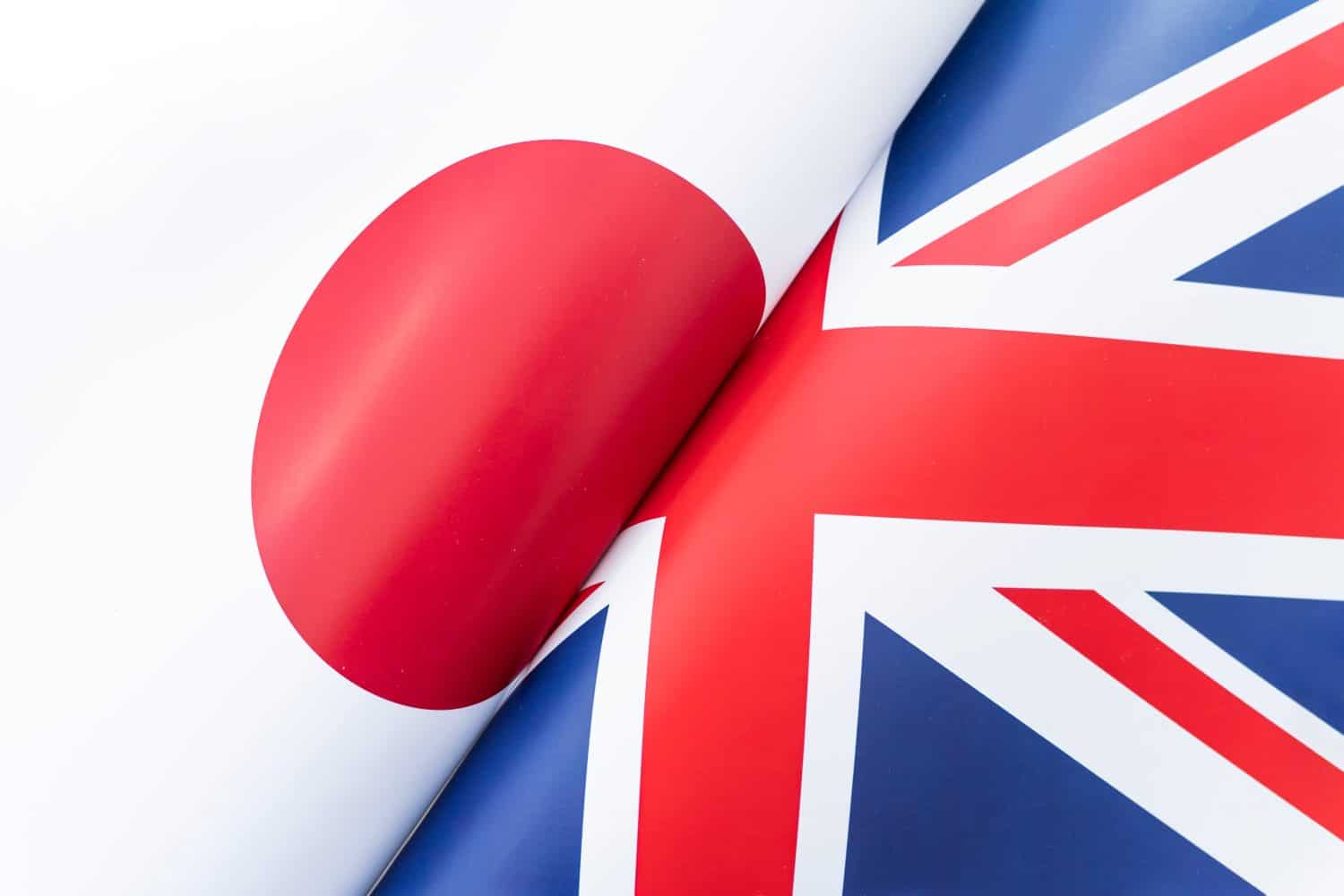
This one will probably surprise you. The United States had a plan for fighting Britain and Japan at the same time. Why? Britain and Japan were in an alliance from 1902-22. The British Empire was stretched around the world and needed to focus on the arms race and war in Europe and the defense of India. However, they wanted to stop Russia from expanding into China. Japan had already defeated Russia in a war in 1905, so they were a powerful ally for this purpose.
But as a result of this alliance, the United States formed a plan for potentially fighting both countries. Elements of this plan later were a basis for the two-front war the U.S. fought against Japan and Germany in the Second World War.
War Plan Yellow: China
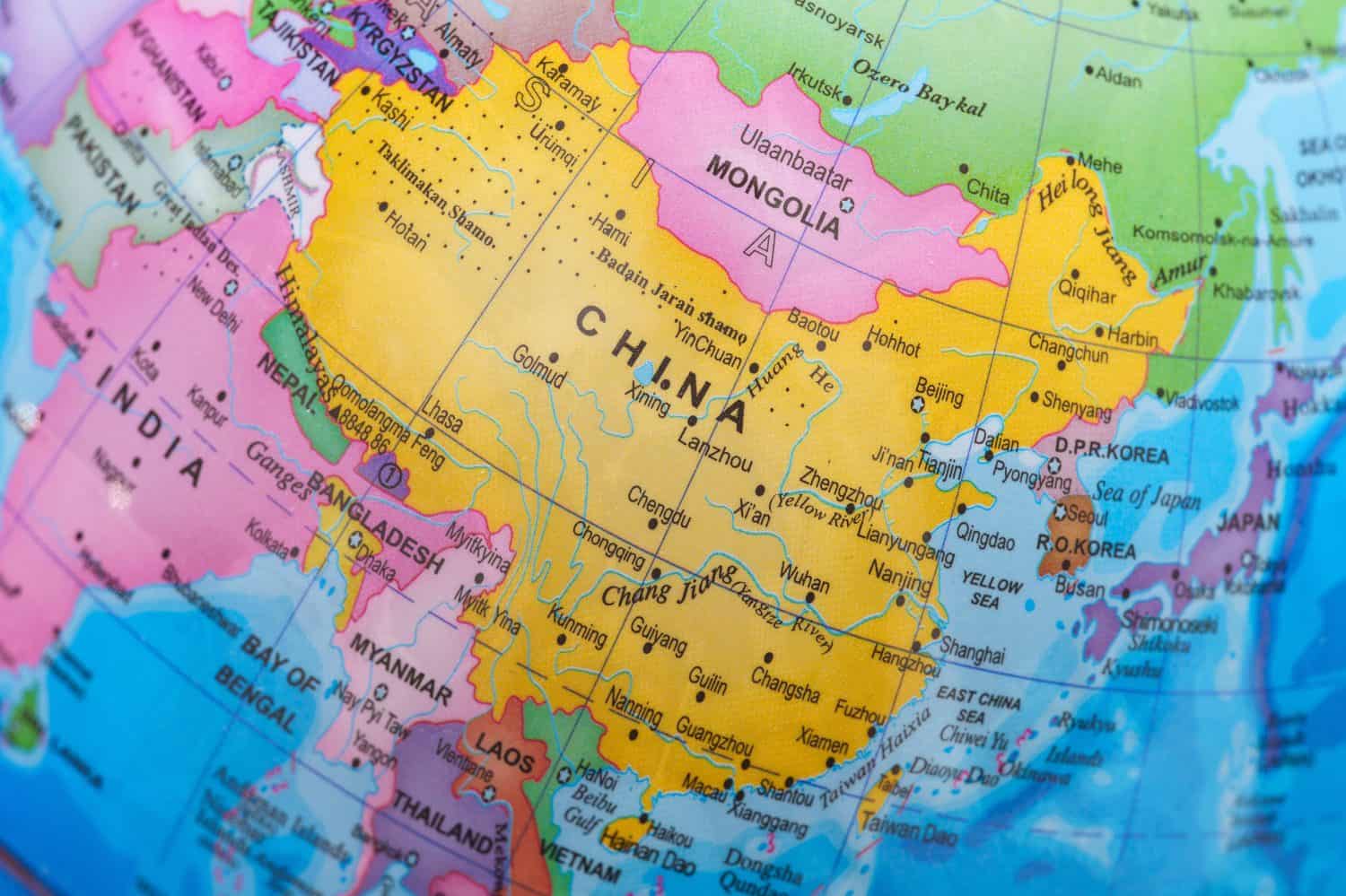
The United States and European powers fought in China during the Boxer uprising of 1899-1901 to protect their citizens and business interests. Wary of a repeat, the U.S. developed War Plan Yellow that focused on protecting the Shanghai International Settlement and the Beijing Legation Quarter, where many of its citizens were concentrated. Disturbingly, the plan entailed the possible use of chemical weapons.
War Plan Gold: France
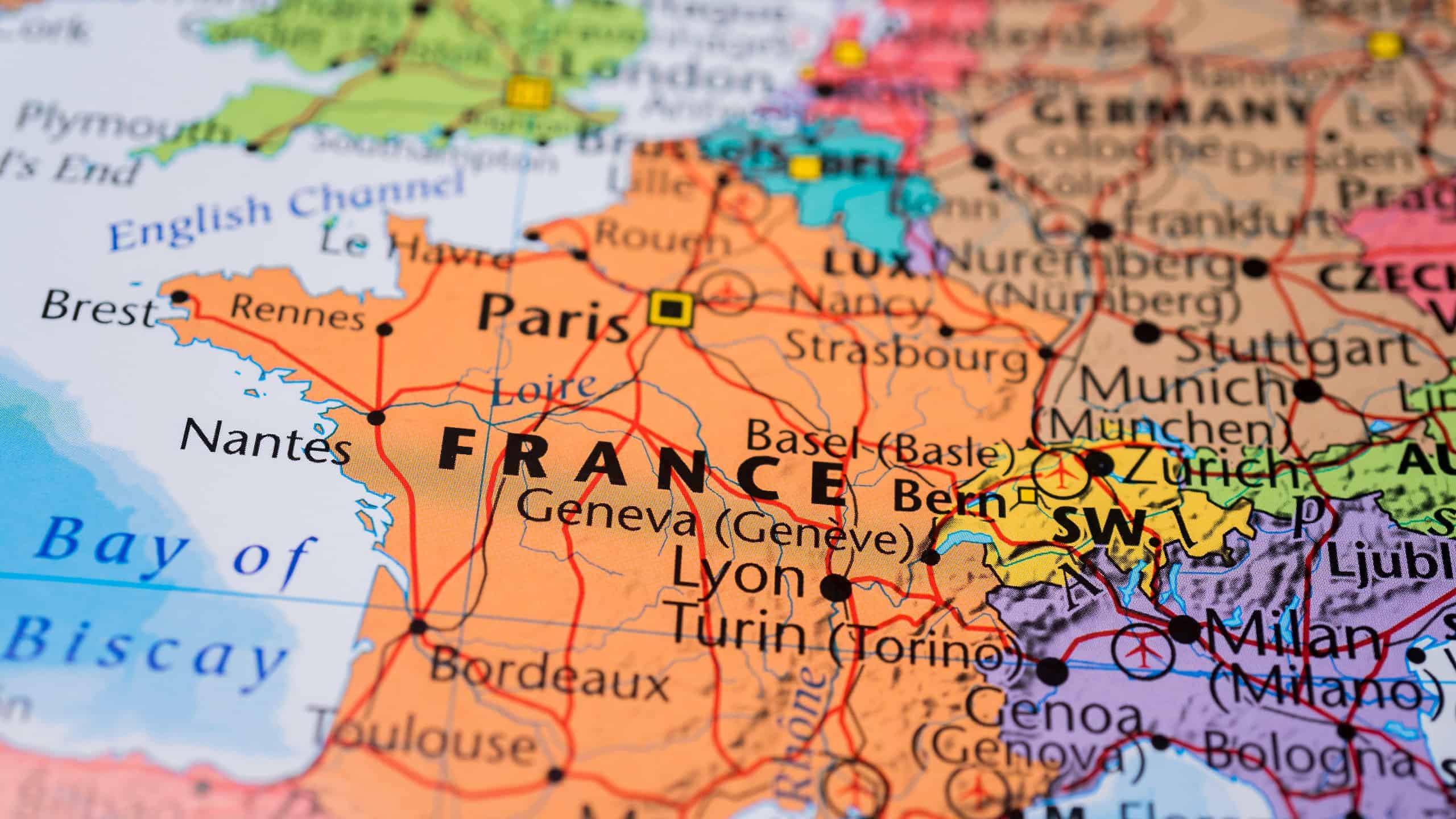
By the early 20th century, France had lost most of its colonial possessions in the Caribbean to other countries, but retained control of Guadeloupe, Martinique, and several smaller islands as well as French Guiana on the South American mainland. Long-term, the U.S. wanted France and other European countries out of the Caribbean, and made contingency plans to expel them forcefully in the event of a future crisis.
War Plan Green: Mexico
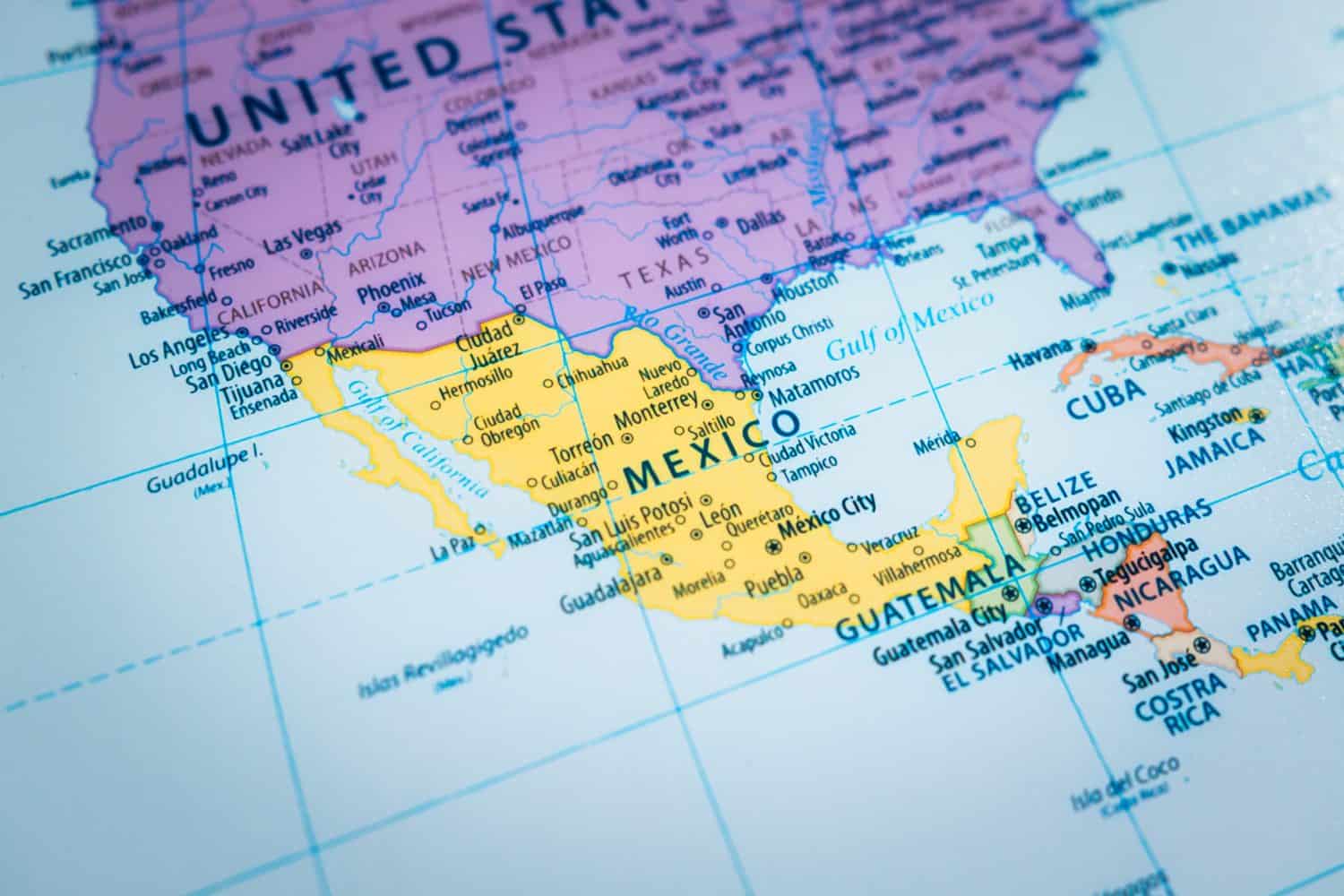
The U.S. and Mexico had clashed ever since Mexico won independence from Spain in 1821. American settlers detached Texas as an independent country and later a state of the United States. Border disputes and a desire for land led to the Mexican War (1846-8), which resulted in the United States annexing the northern half of the country. One of the catalysts for U.S. entry into World War I was the discovery that Germany promised Mexico to return this territory if they would declare war on the United States. So of the different war plans developed, War Plan Green was one that seemed a real possibility at the time.
War Plan Indigo: Iceland
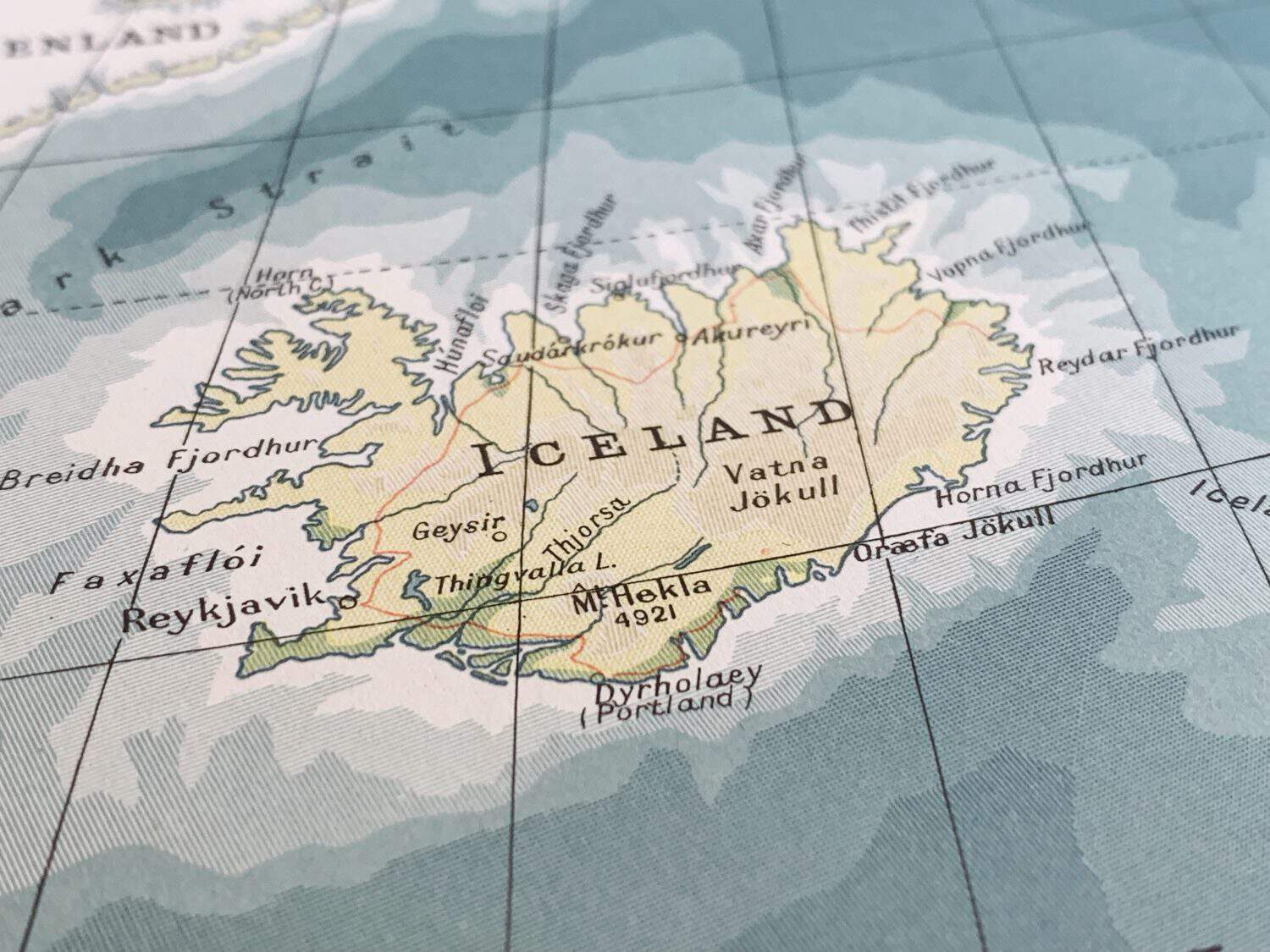
Iceland achieved independence from Denmark in 1918, but allowed Denmark to manage its defense and foreign policy. It was of interest to the United States because of its strategic location between North America and Europe and the rich fishing grounds around it. War Plan Indigo surprisingly did go into effect when Nazi Germany occupied Denmark in 1940. The United States occupied the island to keep it out of German hands. In 1944 the Icelandic people voted to become a republic and manage their own affairs separately from Denmark.
War Plans Violet and Purple: Latin America

The Purple War Plan applied to South America, while the Violet Plan encompassed all of Latin America from the Mexican border to Tierra del Fuego. Elements of these plans were implemented. From 1898 to the 1930s the United States intervened repeatedly in the region in the so-called “Banana Wars” to install and support governments friendly to U.S. foreign policy and business interests. The affected countries were Cuba, Colombia, Panama, Honduras, Nicaragua, Mexico, Haiti, and the Dominican Republic.
War Plant White: U.S. Uprising

In the 1920s and 30s American leaders were quite concerned about the emerging threat of communism. The country experienced protests and unrest during the Great Depression, which some leaders feared could grow into a communist insurgency. War Plan White developed into a general plan for managing civil unrest and protests.
One Big Omission

Apparently, there was not a color plan during this period specifically for the Soviet Union. Communists took over Russia in 1917 and fought a civil war against counter-revolutionaries until 1922. Expeditionary forces from the United States and about a dozen other countries intervened between 1918 and 1925 but were unable to prevent the communists from consolidating power. Despite this prior intervention and the proximity of Russian territory to Alaska, the Soviet Union was in ruins and in no condition to threaten North America, especially when it had hostile countries all along its vast land borders.
“Shall We Play A Game?”

Although the lack of a contingency plan for war with the Soviet Union seems like a major oversight from today’s perspective, the United States has made up for lost time. We’ve spent the past 80 years preparing for the prospect of war with Russia from every possible angle. Hopefully, in a century our descendants will be as bemused about American plans for a war with Russia as we are about American plans for a war with the UK.
Take Charge of Your Retirement In Just A Few Minutes (Sponsor)
Retirement planning doesn’t have to feel overwhelming. The key is finding expert guidance—and SmartAsset’s simple quiz makes it easier than ever for you to connect with a vetted financial advisor.
Here’s how it works:
- Answer a Few Simple Questions. Tell us a bit about your goals and preferences—it only takes a few minutes!
- Get Matched with Vetted Advisors Our smart tool matches you with up to three pre-screened, vetted advisors who serve your area and are held to a fiduciary standard to act in your best interests. Click here to begin
- Choose Your Fit Review their profiles, schedule an introductory call (or meet in person), and select the advisor who feel is right for you.
Why wait? Start building the retirement you’ve always dreamed of. Click here to get started today!
Thank you for reading! Have some feedback for us?
Contact the 24/7 Wall St. editorial team.
